I have been playing a Fender MIM 2015 Strat for the past few years (bought new). I am very happy with the setup and the playability. When I play it I don’t think about things “being in the way”; you know, the feeling when you pick a guitar that is very different than what you are used to.
Recently I bought a Fender American Performer Strat (the one in my profile pic), because I liked the sound and the tonal capabilities (humbucker to single-coil switch, Yosemite pickups and greasebucket tone circuit).
However, at the moment of buying it I didn’t realize it had (very) big frets on it; I thought most modern Strats have very similar fret wire so I didn’t expect it to be different for this one.
I played it before buying it and although I struggled when I tried playing faster, I thought it was a matter of setup. Turns out it wasn’t. It was clearly the frets.
My MIM Strat supposedly has medium-jumbo frets, but the names mean different things for different manufacturers. To be sure I measured the frets and found that my MIM Strat has actually JUMBO frets (according to the Warmoth sizes) and the American Performer has frets almost the size of 6100, sort of mega-jumbo.
I tried to get used to them, but they feel day and night compared to the MIM Strat.
My question is:
- Did anyone else notice a big decrease in playability (speed and comfort) when playing the biggest frets?
Personally I find it a weird feeling that I can’t feel the fretboard with my fingers when I press down and also the tension is higher because the strings are a bigger distance from the fretboard.
- What would you do to change this?
Refret with smaller frets?
Put another neck on it?
Buy a different guitar?
Thx in advance

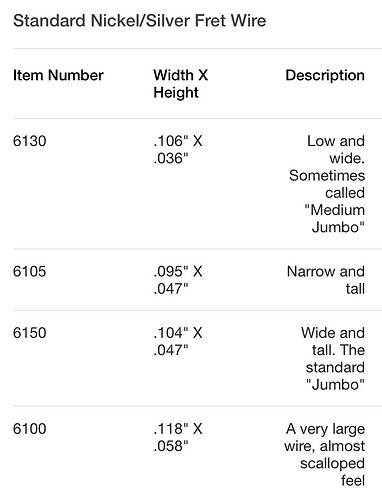
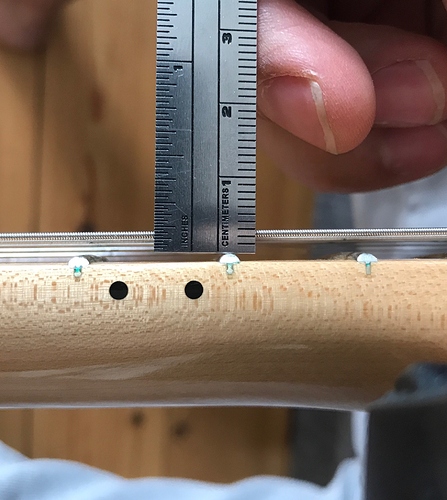
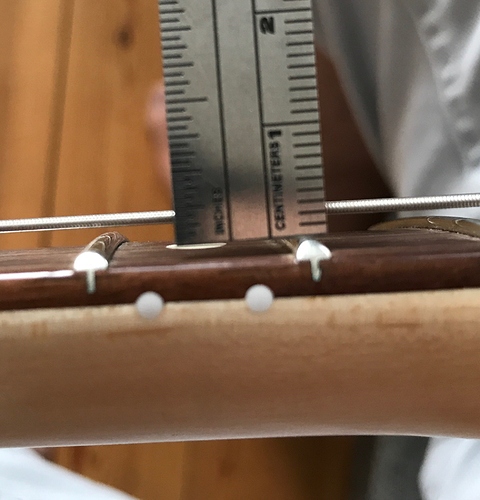
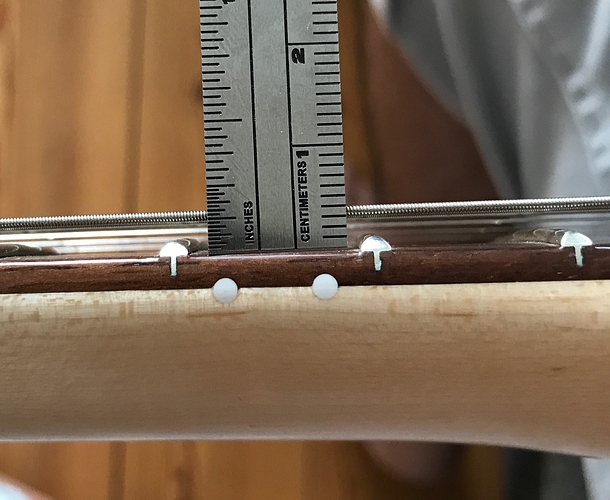
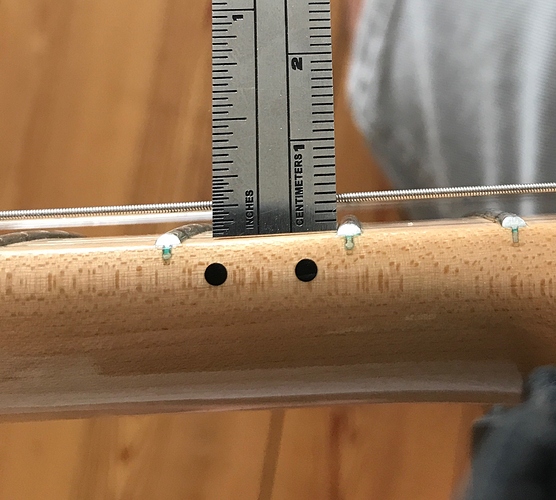
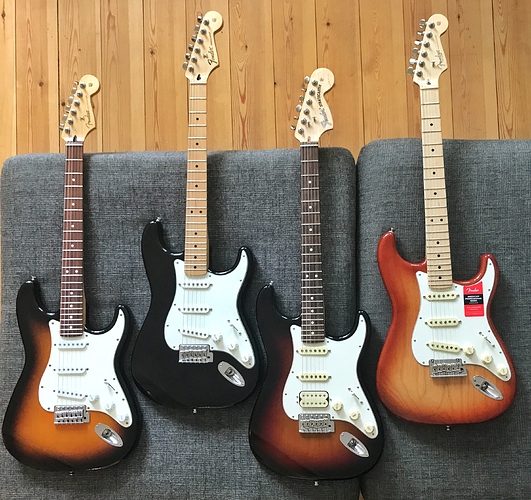
 )
)